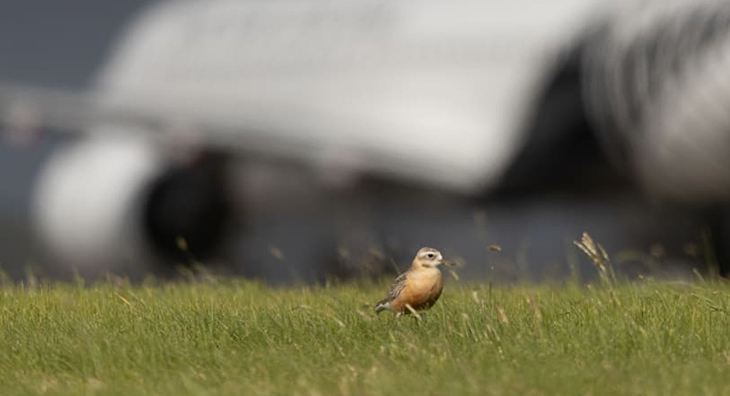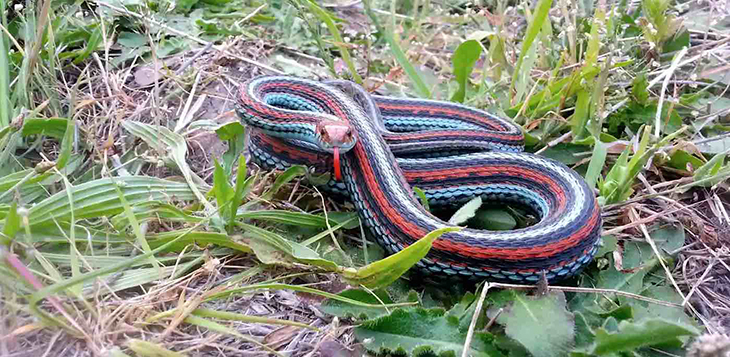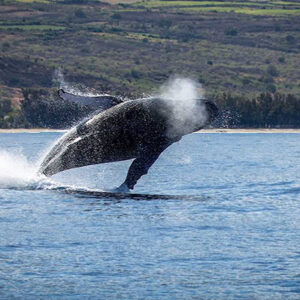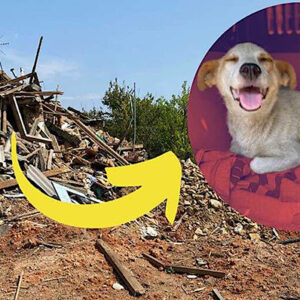
Nestled in the verdant landscapes adjacent to the runways of Auckland Airport, the tūturiwhatu – or New Zealand dotterel – thrives in an unlikely sanctuary despite its endangered status.
This charming bird, endemic to New Zealand, has discovered a refuge amidst the bustling environment of Auckland Airport, coexisting with the aviation activities that dominate the area.
Regardless of the apparent contradiction of a bird sanctuary located in an airport, the unique setting provides a haven for the ūturiwhatu, shielded by the airport’s high fences that effectively keep out invasive predators.
While airports are generally associated with anthropic elements contributing to the decline of various species globally, the Auckland Airport stands out as an exception where the environment offers protection to the dotterel population.
Wildlife manager Lucy Hawley, along with her dedicated groundskeepers, has been instrumental in safeguarding the dotterels over the past decade.
“This is very attractive to nesting dotterels and our airfield’s become a real sanctuary for them,” Hawley told RZN.com. “These tiny little birds take absolutely no notice of the giant planes moving all around them and have no issues setting up home right beside the taxiways.”
Approximately 80 dotterels have hatched on the airport’s taxiways during this period, a testament to the success of conservation efforts. The dotterel parents typically arrive between November and December, and the airport has collaborated with professional wildlife biologists to monitor and track the movements and nesting behaviors of these birds.
While noise pollution is an inevitable companion to the dotterels in their airport sanctuary, the benefits of the high fences outweigh the drawbacks. These barriers serve as a defense against the bird’s invasive predators, contributing to the dotterels’ increased chances of survival and successful nesting.
The Auckland Airport is not the only unexpected habitat for wildlife. Across the globe, airports, with their expansive grassy exteriors, have become unintentional hosts to diverse species.
In San Francisco, the airport known as SFO has become a sanctuary for the San Francisco garter snake – also known as Thamnophis sirtalis tetrataenia – a visually striking reptile with a black canvas skin adorned with racing stripes of vibrant orange and neon turquoise. With an isolated population around the San Francisco peninsula, these snakes have found refuge near the airport’s tarmac.

To protect the San Francisco garter snake, a 160-acre tract of privately-owned land has been dedicated to its conservation. The construction of small ponds within this area ensures that the snake has suitable habitats for maintaining moisture, breeding, and hunting its preferred prey – the red-legged frog, another endangered species finding sanctuary on the SFO runway lawn.
Returning to the dotterel in New Zealand, where only around 2,500 individuals remain due to years of egg predation by invasive creatures like stoats, the airport setting proves to be a unique but effective refuge.
Importantly, the ground-nesting dotterel poses no risk to aviation, allowing it to coexist comfortably alongside the planes that frequent the busy airport.
Hawley and her team employ stakes to mark the practically invisible nesting sites, nestled among the grass blades. Through their concerted efforts and the unexpected collaboration between aviation and conservation, the Auckland Airport stands as un unconventional yet successful sanctuary for the tūturiwhatu, exemplifying the potential for harmonious coexistence between human infrastructure and endangered wildlife.
“We love doing our part to help this important species to breed,” she said.
What are your thoughts? Please comment below and share this news!
True Activist / Report a typo


